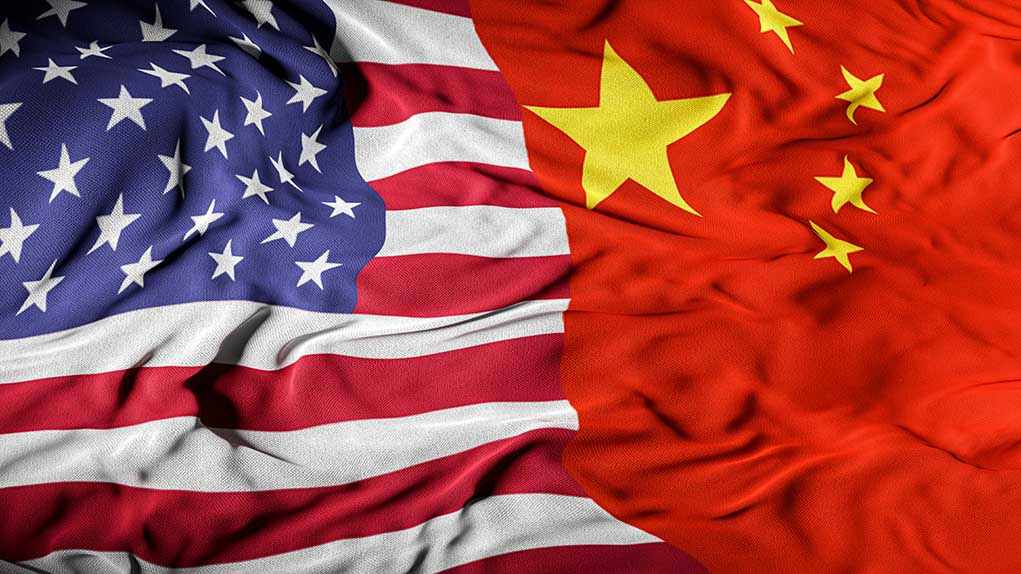
Trump’s declaration of 100% tariffs on Chinese goods, following China’s sudden export controls on rare earth minerals, marks a new escalation in a trade standoff where neither side seems willing to blink—yet the stage remains set for a meeting between Trump and Xi that could reshape global commerce.
Story Snapshot
- China imposed major new export controls, targeting rare earth minerals crucial to global industries.
- Trump responded with unprecedented 100% tariffs on Chinese imports, calling China’s move a “moral disgrace.”
- Despite intensifying threats, Trump insists his meeting with Xi Jinping remains on the calendar.
- Markets and manufacturers face growing uncertainty as both sides threaten further retaliation.
Trade Escalation: Shockwaves From Beijing to Wall Street
Beijing’s decision to restrict exports of rare earth minerals jolted international markets and sent a clear message: China is ready to weaponize its dominance in critical supply chains. Rare earths are the backbone of modern electronics, electric vehicles, and defense technologies. Trump’s response—a blanket 100% tariff on all Chinese imports—ratcheted up the pressure, raising the overall tariff rate on these goods to an estimated 155%. Investors scrambled, supply chains reeled, and the world’s two largest economies edged closer to a full-blown trade rupture.
China’s sharp move came at a sensitive moment. U.S. manufacturers and tech companies, already battered by previous rounds of tariffs, now face the prospect of sudden shortages in the minerals essential to their products. Beijing’s intent is unmistakable: leverage its near-monopoly on rare earths to force Washington’s hand. Trump, never one to back down in a confrontation, called China’s export controls “hostile” and “shocking,” framing the episode as a test of American resolve and a moral contest as much as an economic one.
Diplomatic Brinkmanship: Meetings, Threats, and Calculated Risks
Trump’s tariffs are more than a negotiating tactic—they are a direct challenge to Beijing’s economic ambitions and a signal to American voters that he prioritizes U.S. interests above all else. The Chinese government, for its part, threatened countermeasures if the U.S. escalates further, warning of “grave consequences” for global trade stability. Yet, amid this escalating war of words and tariffs, Trump reassured investors that his much-anticipated meeting with President Xi Jinping remains on the schedule for the end of the month. The message: confrontation does not preclude dialogue, and the outcome of that meeting could tip the balance between a trade war and a fragile détente.
Internal politics in both capitals complicate matters. Xi Jinping faces strong nationalist sentiment at home, making concessions to the U.S. politically perilous. Trump, with an eye on the American electorate, casts himself as the defender of domestic manufacturing and national security. Each side’s core constituencies demand strength, not compromise, increasing the likelihood that brinkmanship will persist until one side finds a face-saving offramp—or the consequences become too costly to bear.
Supply Chain Shock and Strategic Stakes
Global supply chains, long optimized for efficiency, now reveal their fragility. U.S. companies reliant on Chinese inputs, especially in electronics, automotive, and defense sectors, brace for higher costs, potential shortages, and the arduous task of finding alternative suppliers. The specter of inflation looms as tariffs ripple through consumer prices, while American exporters worry about retaliatory barriers to the Chinese market. Chinese firms, many of them listed on U.S. exchanges and some with strategic military ties, face mounting scrutiny and the threat of delisting.
President Donald Trump announced a 100% tariff on Chinese imports, after a stock market sell-off Friday. https://t.co/CEyQ5E5w83 pic.twitter.com/weot37W3ug
— ABC30 Fresno (@ABC30) October 11, 2025
Strategic experts warn that the rare earths dispute is only the tip of the iceberg. Gordon Chang, a prominent China analyst, argues that Xi’s leadership is increasingly disconnected from economic realities and that internal frictions within China’s ruling party limit Beijing’s room to maneuver. The episode underscores the risks of over-reliance on adversarial suppliers for strategic materials, prompting calls in Washington for rapid “reshoring” of critical industries and diversification of supply chains.
Global Repercussions and the Road Ahead
The fallout from this U.S.-China confrontation extends far beyond bilateral trade. Financial markets, sensitive to every hint of escalation or resolution, remain on edge. Nationalist fervor on both sides raises the stakes, fueling rhetoric but narrowing the pathway to compromise. The Xi-Trump meeting, if it proceeds, could yield a dramatic breakthrough—or mark the moment when global trade fractures along geopolitical fault lines.
For now, uncertainty prevails. Short-term, expect continued volatility as businesses, investors, and policymakers react to each headline and policy pronouncement. Long-term, the world may witness a decoupling of the U.S. and Chinese economies, a reshaping of global supply chains, and a new era of strategic competition where rare earth minerals and semiconductors are as critical as oil once was. The next move—at the negotiating table or on the tariff sheet—could define the economic landscape for years to come.
Sources:
Trump says ‘don’t worry about China’ after Beijing responds to 100% tariff threat












